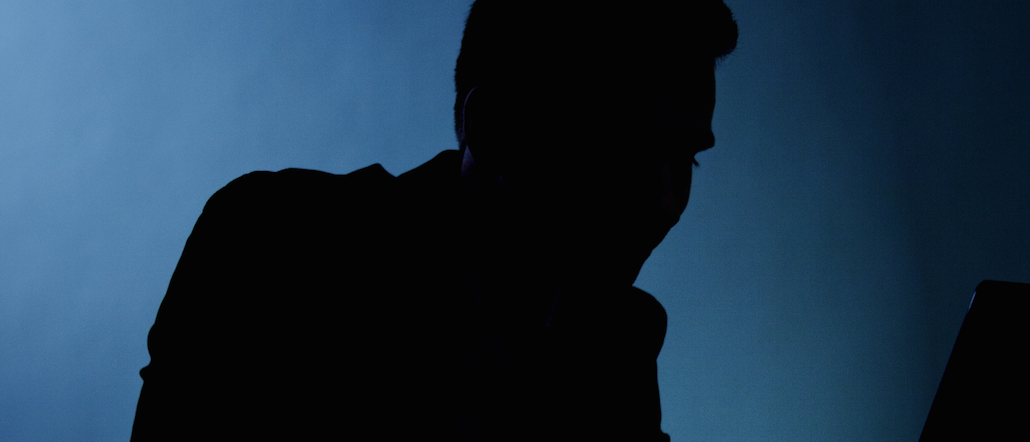Ask an influencer: ‘I charge more if the person I’m dealing with is hard to work with’

Influencer marketing is burgeoning, but still in its nascence, creating real tensions between brands and agencies and the influencers they employ. One big issue is the problem of compensation: How much do you pay influencers when there are no real benchmarks in place? And for influencers, how do they determine what to charge?
We polled members of influencer agency Sway Group’s community to find out their thoughts on compensation in the space. (See our first installment of this series, on what brands get wrong when working with influencers, here.)
We granted anonymity in exchange for honesty, and answers are lightly edited for clarity.
Parenting blogger with strong social platform influence, 32
When approached by a client, I look at three things: whether I like or use the product, if I can organically weave it into the story I’m working on or thinking about, and if I have to leave the house to purchase the product or if it’s being sent to me. Then I look at the asks. Do I need to create a recipe, craft a DIY project with a tutorial or printable, create a partyscape, shoot a video or is it a straight up written piece with original photos? And how quick of a turnaround are they looking for?
Based on these factors, I typically determine pricing. Sometimes, it’s a $500-plus difference between a simple written piece that someone sends me product for and a a video campaign where I have to purchase multiple items. And the final deciding factor: Is the person I’m dealing with easy to work with? If not, I tack on another $100 to my fee.
Millennial lifestyle blogger, 31
Influencer marketing is still a new way of reaching audiences, but it’s a very lucrative one. When I consider compensation, I think about what I can charge that won’t cheat me but will still give a client the best ROI. I don’t ever take campaigns that won’t be beneficial to my audience, so compensation isn’t based on just making money. I do think there are still many brands that want to lowball influencers, but I’ve been in this industry almost 10 years and can see that brands and influencers alike are making strides in the right direction. With our growing industry, it’s important for brands to realize that each social channel is now its own influencer marketing platform, so they have to compensate accordingly.
Lifestyle Blogger/Twitter Influencer, 41
First off, I don’t have a rate sheet. I generally have a starting point, but often my rate depends on a number of factors. Who the client is, what the ask is — and, of course, is there opportunity for future work? I prefer long-term relationships over one-off — and I may offer a brand a more competitive rate if it means building a long-term campaign.
Hyper-local lifestyle blogger, 41
I determine my rate according to the amount of time it will take me to do the entire job. If there is an event I have to attend or video to create, that takes a lot of extra time, and I have to include extra compensation for that. As my influence in the social media community increases, so do my rates, and the busier I become, the tighter my schedule becomes, the more I charge per post.
Lifestyle/family blogger, 37
For me, rate is not an exact science and has a lot to do with story development, brand fit, hiring agency and the like. Personally, I know no matter what I won’t do a post for less than $200. I might offer coverage on Instagram instead in cases where I like the brand or agency but they don’t have the budget for a full blogpost. I do know that I am a firm believer in paying bloggers. Just like I get paid to write for other sites, I don’t know any reason why a brand wouldn’t pay me to access my unique storytelling ability and audience.
More in Marketing

Pandora is betting on AI agents to scale service and emotional selling during the peak holiday season
Pandora is using AI agents to scale customer service and replicate emotional in-store selling online, just as peak season puts pressure on margins and teams.

Rembrand’s CEO wants to grow virtual ad placements in streaming, and he’s looking elsewhere for models
Omar Tawakol wants to improve advertising within the streaming world, and is working with advertisers and publishers to improve that experience.

Marketers are keen to use generative AI in ad campaigns, but hidden costs lurk
Marketers across the industry want to use AI to cut down on time spent in creative production. It’s not so simple in practice.





